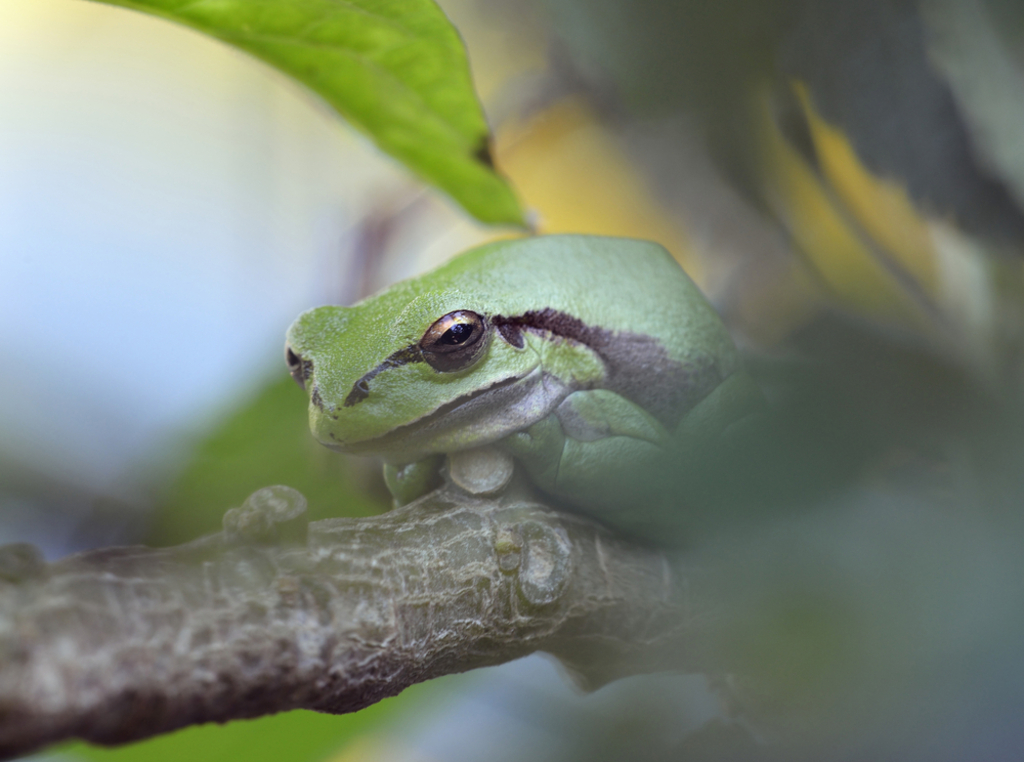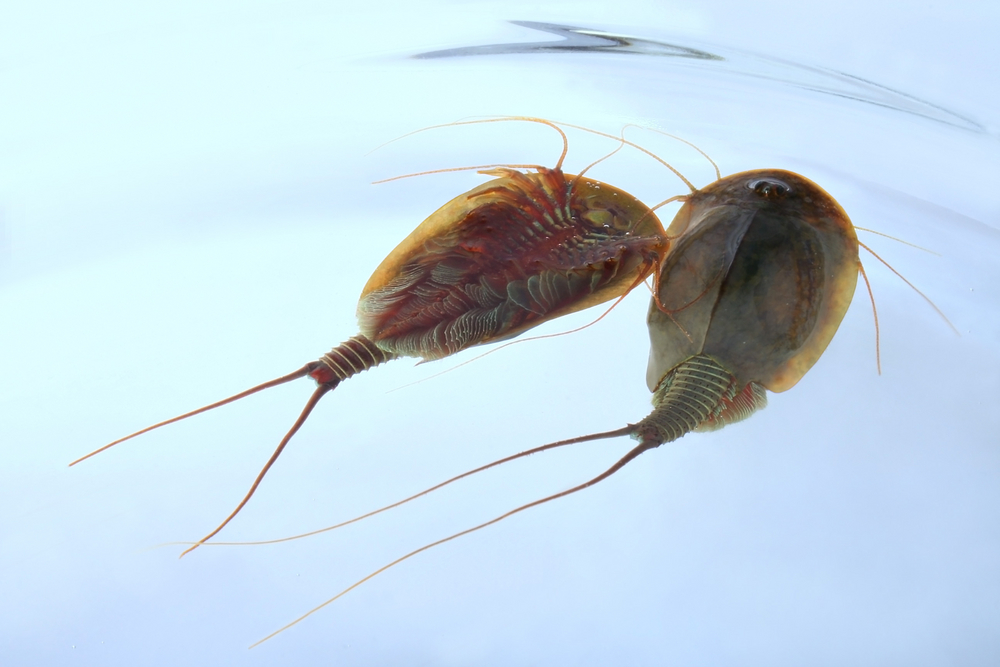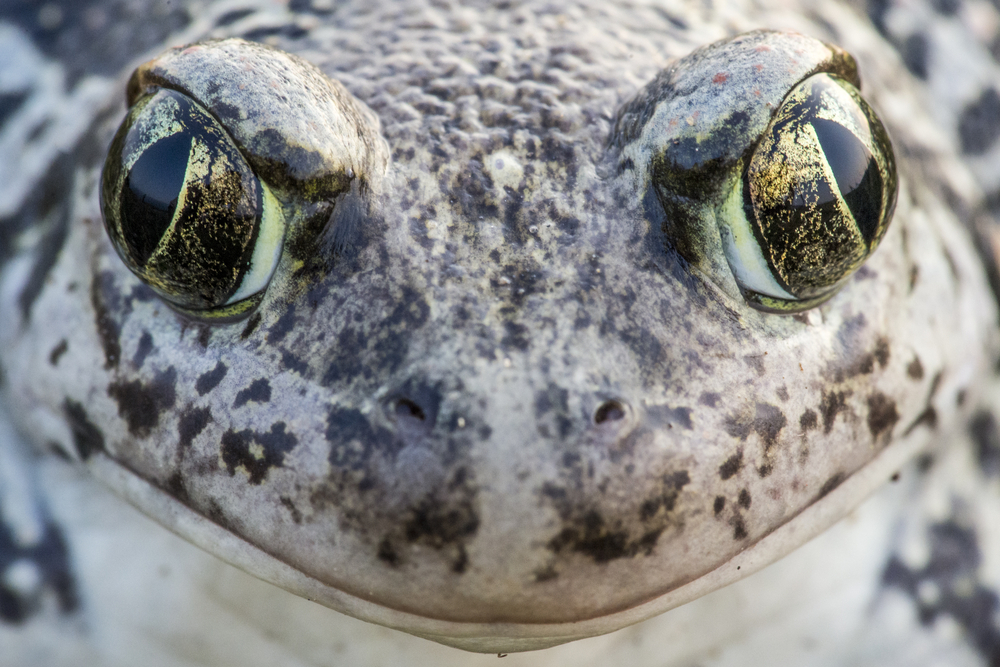Sea level rise, floods, droughts, desertification, extinction of animal and plant species – according to many studies, all these phenomena are expected to become worse as a result of the global climate crisis.
The overwhelming consensus among scientists is that these developments will significantly affect the quality of life on earth for every species, including humans.
However, while many species are struggling to adapt to the rapid changes and are struggling to survive, it seems that certain species may benefit from the effects of the climate crisis.
At this year's Conference for Science and the Environment, Prof. Avital Gasith, a researcher for freshwater ecology, conservation and rehabilitation of aquatic systems at Tel Aviv University, presented a new perspective on the impact of climate change on freshwater ecosystems in Israel.
Gasith’s latest information were collected as part of a Master's thesis by Adi Atkin from the School of Environmental and Earth Sciences at Tel Aviv University, supervised by Prof. Gasith in conjunction with Prof. Hadas Saaroni and Dr. Baruch Ziv.
The study examined how climate change may positively affect ecosystems like vernal pools and the amphibians that live in them.
"Admittedly, finding cases where climate change has positive implications is very rare," says Gasith.
" The damages of climate change far outweigh the benefits, but it is crucial to examine situations that allow animals and plants to benefit from this change."
Ecological niche
In his research, Gasith focuses on water bodies affected by floods.
"I study systems in which floods are a necessary and advantageous factor, like streams, lakes, and vernal pools," he says.
Studies have shown that one of the effects of climate change is the increase in extreme weather events.
Particularly in the Middle East, scientists expect a decrease in the total amount of precipitation, but a simultaneous increase in the intensity of extreme rainfall events, which will lead to more frequent floods.
According to Gasith, the majority of people perceive floods as something dangerous that causes destruction and misery.
Still, floods do have a positive side to them: for instance, they help maintain the Mediterranean streams and improve the condition of lakes and vernal pools.
A vernal pool is a unique seasonal or temporary wetland that is dry during the summer months and becomes inundated in winter, providing habitat to a large variety of plants and animal species.
Among those species are organisms that only occur in these habitats, such as fairy shrimp (Anostraca), tadpole shrimp (Triops cancriformis), and plants like the starfruit (Damasonium).
"Organisms adapted to the distinct ecosystem of a vernal pool, have developed different abilities to survive the drastic seasonal change between dry and wet," says Gasith.
"Some animals solve this challenge by producing resistant eggs - particularly resilient eggs that can endure heat and dryness, and only begin to hatch when winter comes, and the pool starts filling up with rainwater. Other animals, like some amphibian species, have adapted specific behavioral patterns that allow them to cope with change such as burrowing and summer dormancy."
There are seven species of amphibians in Israel, four of which usually occur in vernal pools: European green toad (Bufotes viridis), Middle East tree frog (Hyla savignyi), the eastern spadefoot (Pelobates syriacus), and the southern banded newt (Ommatotriton vittatus).
The breeding success of amphibians in vernal pools depends largely on the duration of the hydroperiod (the period when the pool is filled with water).
Most vernal pool dwellers must complete their life cycle as long as there is water in the pool. If the hydroperiod is too short, the creatures will die without producing offspring.
"One of the problems with vernal pools is that in many cases they do not get enough runoff water," says Gasith.
"When winter begins, the soil must first absorb a certain amount of rainwater before the water can even begin to flow and stay above ground," he says.
"However, during sudden flood events, runoff water does not have enough time to seep away, which in urban areas, results in flooded roads. For vernal pool inhabitants, on the other hand, that is a blessing as they do not have to wait for mid-January until precipitations have slowly filled the whole pool with water," says Gasith.
"If there are two or three such events in one season, and especially if there is a flood event in the middle and at the end of the season, there are enough amphibians that have reached full maturity to ensure the survival of the species in the pool."
Life in a vernal pool
Gasith says that in vernal pools, animals that benefit from floods are those that need a long hydroperiod to complete their development.
Most creatures that live in vernal pools have short life cycles because they are adapted in their evolution to dry years. Those organisms can undergo a complete life cycle within two to three weeks (small crustaceans, for example).
But amphibians, which take advantage of vernal pools to reproduce, need the presence of water for at least two months (like the European green toad and the Middle East tree frog) or even four months (the eastern spadefoot) to complete a life cycle.
However, if the pool dries up too early, it turns into an ecological trap for the animals, which inevitably leads to the death of their offspring. When a vernal pool is not sufficiently inundated, the amphibians may still lay their eggs, but the eggs either die or hatch when the water is already disappearing.
If they hatch, the tadpoles begin to develop but won't be able to complete a full life cycle. Therefore, extreme rain events might even ensure the reproductive success of amphibians.
"Floods are viewed as a destructive natural event," says Gasith, "because we are looking at it through the eyes of humans, but nature has ecosystems that need floods in order to persist. In years with exceptional rainfall quantities, amphibian populations thrive because they are part of a runoff-dependent ecosystem.
"Nonetheless, the effects of climate change are complex and diverse. Admittedly, for vernal pool ecosystems, the intensification of rain events, which increase the volume of runoff flowing into the pools, may be of advantage. On the other hand, negative impacts might come in the form of shorter rainy seasons and more water evaporation caused by the average seasonal temperature increase," he adds.
"When a layperson is asked, 'What does climate change mean to you?' most people might answer: unbearable heat and floods," says Gasith.
"But when ecologists are asked that same question, the answer is much more complex. For instance, if our main concern is that climate change causes floods, which leads to damage, we will have to do everything in our power to prevent them.
"However, in the process, we might cause damage to ecosystems that benefit from the floods. Climate change is a global crisis, but there are positive aspects that should not be ignored."
Reprinted courtesy of ZAVIT* Science and Environment News Agency




